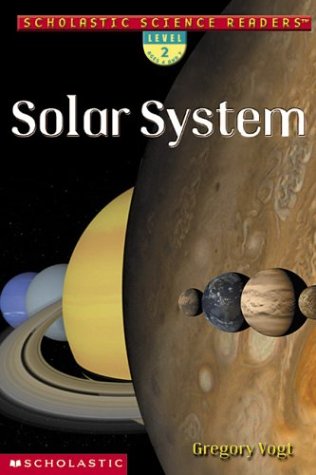-
Ocean Life
Brenda Z. Guiberson
Paperback (Scholastic Reference, March 1, 2002)A thrilling exploration of the many extraordinary creatures that live in the sea, including small coral shrimp, huge squids, whales, sharks, and dolphins, is filled with interesting information and exciting close-up pictures. Original. M
M
-
Scholastic Science Readers
Kathleen Weidner Zoehfeld
Paperback (Scholastic Paperbacks, March 1, 2003)Take a dive with these swimming birds! The Scholastic Science Readers series was created especially to bring exciting nonfiction to beginning readers. Illustrated with full-color photographs.From the egg to the ocean, see where these adorable creatures live, what they eat, how they are born and raised, and how they survive in their frigid environments.Kids will be intrigued to know that the father penguins care for the young right after they are born, while the mother penguin goes back to the ocean to find food.They will also learn that penguins have a layer of fat called blubber to keep them toasty warm. J
J
-
Earthquakes
Deborah Heiligman
Paperback (Scholastic Reference, March 1, 2003)Learn more about these destructive forces! The Scholastic Science Readers series was created especially to bring exciting nonfiction to beginning readers. Illustrated with full-color photographs.From faults to plate tectonics, this simple introduction to earthquakes will pique kids' interest about the amazing planet on which they live.Key earth science topics are discussed in relation to this natural phenomenon. Children will learn about the layers of the earth, how scientists measure the strength of an earthquake, and about some of the most devastating earthquakes in history. M
M
-
Solar System
Gregory L. Vogt
Paperback (Scholastic Paperbacks, Oct. 1, 2002)Take a journey through space! The Scholastic Science Readers series was created especially to bring exciting nonfiction to beginning readers. Ilustrated with full-color photographs.A simple explanation of the sun, moon, and the nine planets, with additional facts about asteroids and space exploration.Learn what the sun is made of, and how the sun's gravity makes the planets orbit around it. Find out how far each planet is from the sun, how many moons it has, and what it looks like up-close!Why study the solar system? Space exploration could explain the history of the universe or reveal whether there is other life out there! N
N
-
Scholastic Science Readers: Skeletons
Lily Wood
Paperback (Scholastic Reference, Aug. 1, 2001)An overview of the human skeletal system shows young readers how many bones make up the human body, what they are made of, how they grow, how they can be strengthened, and how they work together with muscles. Original. L
L






